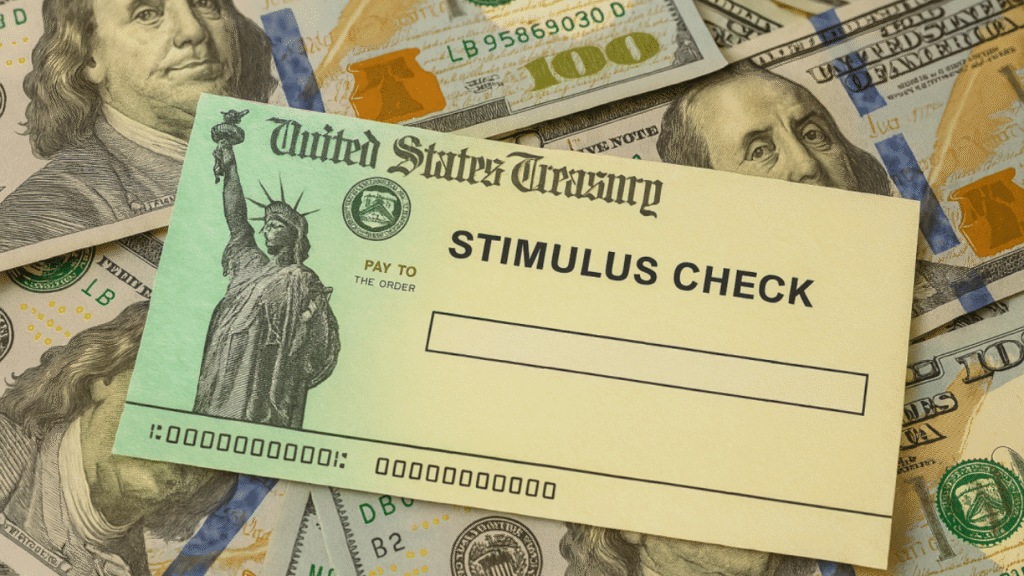The year 2025 has brought new hope for many American households as a $640 stimulus payment is once again being discussed.
In light of rising inflation, economic uncertainty, and ongoing support for low-to-moderate income citizens, this direct payment aims to offer timely financial relief.
If you’re wondering who qualifies, when the payments are expected, and how to claim yours, this article will break it all down for you in the simplest terms.
What Are the $640 Stimulus Checks?
The $640 payment is a targeted form of economic relief introduced by certain U.S. states to help citizens manage their living costs, which have continued to rise in 2025. These checks are not part of a federal stimulus package like those during the COVID-19 pandemic.
Instead, they are state-specific relief payments, mostly issued through state tax rebate programs or surplus budget distributions.
The aim is to support families, seniors, and workers dealing with inflation in rent, food, utilities, and other daily expenses.
Which States Are Sending the $640 Payments in 2025?
As of May 2025, multiple states have announced or continued such relief programs:
- California – The state has rolled out an updated Middle-Class Tax Refund program for 2025. Eligible citizens can receive up to $640, depending on income and filing status.
- New Mexico – A new round of rebates includes $640 for single taxpayers and up to $1,280 for joint filers.
- Maine – As part of its 2025 Inflation Relief Program, Maine is issuing $640 checks to eligible low-income residents.
- Colorado – Under the TABOR refund system, eligible individuals might receive up to $640 based on excess revenue.
- Idaho – Some residents are receiving rebate checks of up to $640 as part of the state’s surplus tax return initiative.
These states have made announcements based on budget surplus, inflation offset efforts, and tax relief promises made earlier by governors.
Who Is Eligible for the $640 Stimulus Checks?
Eligibility criteria vary slightly by state, but here are some general guidelines you can expect across most states offering the $640 stimulus:
- Income Limits: Individuals earning less than $75,000 and married couples earning less than $150,000 usually qualify.
- Residency: You must be a permanent resident of the state offering the rebate.
- Filed State Taxes: You must have filed a 2023 or 2024 state income tax return.
- Other Qualifications: Some states consider dependents, veterans, seniors, or families receiving SNAP/SSI benefits as priority groups.
Always visit your state’s Department of Revenue or official government website for accurate details based on your location.
How and When Will the Payments Be Made?

Most $640 payments are issued automatically, either via:
- Direct deposit (to the bank account used for tax refunds),
- Mailed paper checks, or
- Prepaid debit cards.
Expected Payment Timelines in 2025:
- California: Payments started in March 2025, and will continue in batches until June.
- New Mexico: Scheduled to be disbursed from May 2025 onwards.
- Maine: Distribution to begin in late May 2025.
- Idaho and Colorado: Rolling out payments through summer 2025.
Some states require you to apply manually, especially if you didn’t file taxes but qualify based on income or benefits received.
How to Check Your Payment Status?
To check whether you’re eligible or when your payment is arriving, visit your state tax authority’s official website. Most have an online “Where’s My Rebate” tool or hotline number to track status.
Example:
Make sure your mailing address and banking details are up to date, especially if you’ve moved recently or changed banks.
Is This Stimulus Check Taxable?
Good news—most $640 state stimulus checks are not taxable at the federal level. The IRS, in a 2023 update that still holds for 2025, stated that state rebates are generally considered non-taxable if they are meant to support general welfare or disaster relief.
However, state-level tax policies may vary. Always check with your local tax advisor or state website for accurate tax filing instructions in 2025.
What If You Don’t Receive the Check?
If you believe you’re eligible but haven’t received your $640 check:
- Check your 2023/2024 state tax filing status.
- Ensure your income falls within the qualifying bracket.
- Visit your state’s website to use the tracking tool.
- Contact your state tax department via helpline or online form.
Final Thoughts
The $640 stimulus checks are a helpful short-term support during a time when inflation and cost of living continue to stress household budgets. While it may not be a federal relief check, the state-level action is still meaningful for families trying to stay afloat in 2025.
If your state is on the list, make sure to file your taxes, update your personal details, and stay informed to ensure you don’t miss out.





